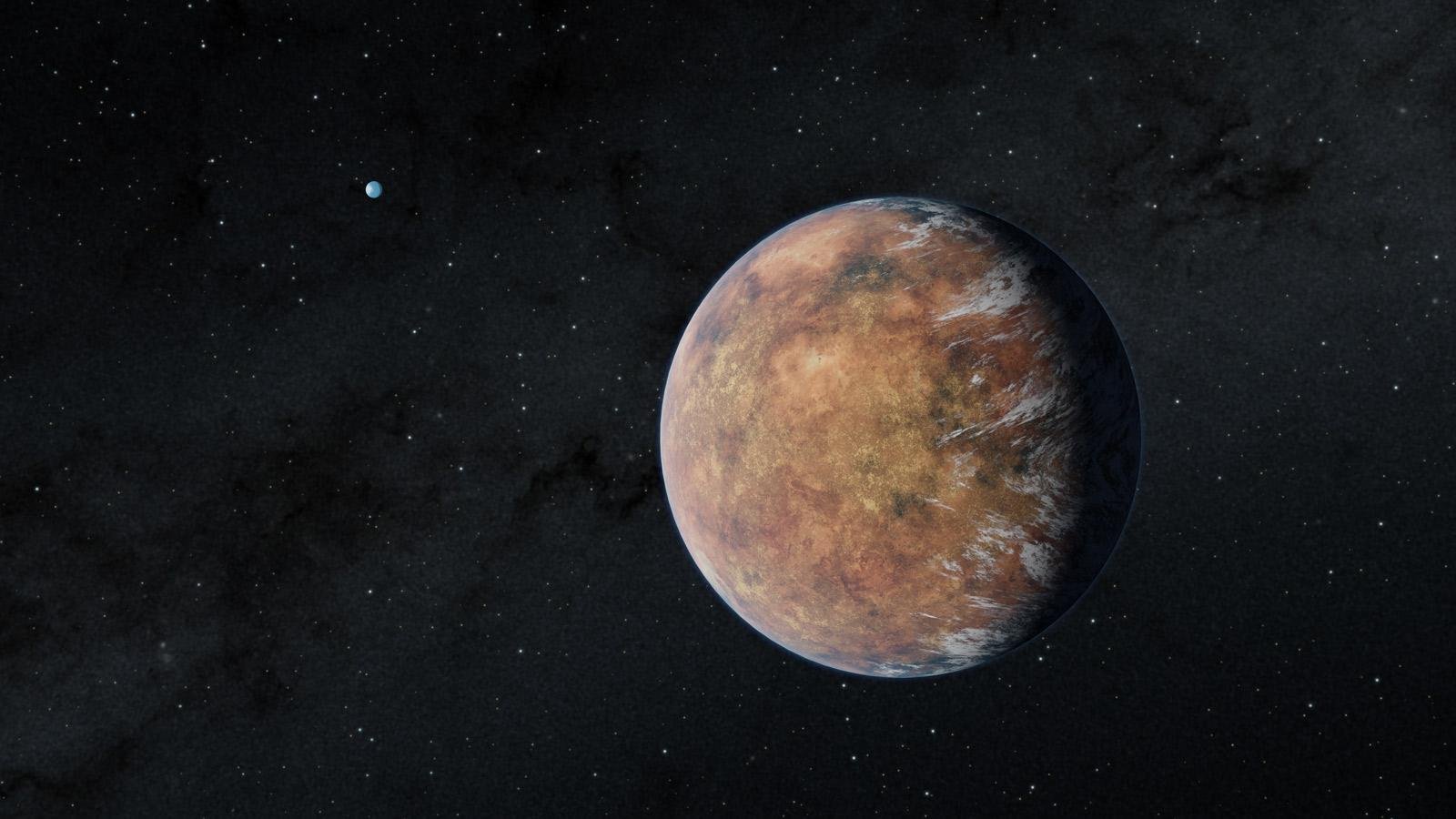every week, Technology World and #AstroMiniBR brings together five relevant and entertaining astronomical curiosities produced by collaborators. twitter profile To spread the knowledge of this science, which is the oldest!
#1: What are exoplanets?
An exoplanet is a planet orbiting another star, not the Sun. But how many of them did we find?
Today, we know of more than 5000 exoplanets and 10,000 candidates.
You can see their location in this tool! https://t.co/LlGKlZ1bZs#AstroMiniBR pic.twitter.com/Io644pJqpI
— Camila Esperança (@astronomacamila) February 1, 2023
An exoplanet, also called an extrasolar planet, is any planetary body that lies outside the boundaries of the Solar System and orbits stars in other systems. The existence of exoplanets, although predicted for centuries, was only confirmed in 1992 by the detection of three objects orbiting a neutron star.
51 Pegasi, the first exoplanet around a more Sun-like star, was discovered in 1995. Since then, more than 5,000 exoplanets have been discovered and about 9,000 objects await confirmation.
#2: How were exoplanets discovered?
One of the most common ways to detect exoplanets follows the same logic as an eclipse: when the exoplanet passes in front of the king star, the star’s brightness decreases.
we call it the transit method and it is ideal for measuring the size of the exoplanet ??#AstroMiniBR
{c} NASA pic.twitter.com/44qIpdRqet— yanna martins franco (@martins_yanna) January 30, 2023
One of the main exoplanet detection techniques is the transit method (transit photometry in special terms). This method measures drops in starlight caused by stars and planets periodically passing through the telescope’s line of sight; A good example of this is to imagine that the brightness of a lamp that reaches us is dimmed when a moth flies in front of it.
Transition observations have the advantage of revealing the sizes and orbital periods of planets. Additionally, data obtained through radial velocity analysis of exoplanets (another widely used method) can be combined with transit measurements to understand the masses and densities of these planets, as well as the densities of transiting planets.
Transition spectroscopic studies have also been used to identify gases such as water vapor, hydrogen, sodium and methane in the upper atmospheres of some nearby giant planets. The first transit planet detected was HD 209458b in 1999.
#3: Hot Jupiters
Imagine bringing Jupiter close to ??. ??
Hot Jupiters are a class of gaseous exoplanets that are similar to the planet Jupiter and are very close to the host star (lasting from hours to days in 1 year there).
By comparison, a year on Mercury equals 88 Earth days.#AstroMiniBR pic.twitter.com/Smb31YpEas
– Ana Carolina Owner (@astroposses) January 31, 2023
Hot Jupiters are a class of gas giant exoplanets that resemble Jupiter and have very short orbital periods, usually less than 10 days. The term “hot” in this classification refers to their proximity to their star and high atmospheric surface temperatures.
Based on their size and mass, such exoplanets are sometimes called hot Saturns. Extrasolar planets in this category are the easiest to detect using the radial velocity method, due to the oscillations they cause in the motion of their stars, which are characterized by being relatively large and fast compared to other known planetary types. One of the best-known hot Jupiters is 51 Pegasi b, which was discovered exactly in 1995 and has an orbital period of about 4 days.
#4: Orphan Planets of the Milky Way
Planets orbiting other stars are called exoplanets. but some of them don’t have a sun to call themselves, they wander the galaxy in perpetual darkness.
These are the so-called orphan planets*!
Artist’s impression of an orphan planet similar to Jupiter ????#AstroMiniBR pic.twitter.com/xUJvCa51RG
— Giovanna Liberato (@liberato_gio) February 2, 2023
An orphan planet or rogue planet is a planetary-mass interstellar object that is not gravitationally bound to any star and wanders through interstellar space. Planets in this category originate mainly from planetary systems in which they were formed and then ejected due to some significant changes in their primordial orbits.
They can also form on their own outside of a planetary system, thanks to the gravitational collapse of a small cloud of dust and debris. It is estimated that the Milky Way alone may have billions to trillions of orphaned planets, this number will be more precisely estimated with the next generation of space telescopes.
#5: The closest exoplanet to Earth
The closest exoplanets to us are Proxima b and c of the Proxima Centauri system, 4.2 light-years away. B is in the habitable zone.
But in 2018, we observed a powerful explosion in the star that could have extinguished any life, if any.#AstroMiniBR pic.twitter.com/9mh5lZlF2O
– Ana Carolina Owner (@astroposses) February 1, 2023
Just four light-years from here, Proxima Centauri b is our closest exoplanet neighbor. It is a super-Earth orbiting the Sun-like star, Proxima Centauri. It has a somewhat Earth-like mass, about 1.27 times that, and takes just 11.2 days to orbit its star.
Proxima b is in its star’s habitable zone, but encounters a shower of extreme ultraviolet radiation hundreds of times more than Earth receives from the Sun, making life as we know it exist very difficult. In addition, this radiation generates enough energy to scavenge light atoms such as hydrogen in its atmosphere and heavier elements such as oxygen and nitrogen, which over time are considered essential for creating life.
Although it is in the region where it is possible to find liquid water, this aspect is not known either on its surface or in its atmosphere. With current human technology, a hypothetical interplanetary journey from Earth would take about 80,000 years.
Source: Tec Mundo
I’m Blaine Morgan, an experienced journalist and writer with over 8 years of experience in the tech industry. My expertise lies in writing about technology news and trends, covering everything from cutting-edge gadgets to emerging software developments. I’ve written for several leading publications including Gadget Onus where I am an author.













